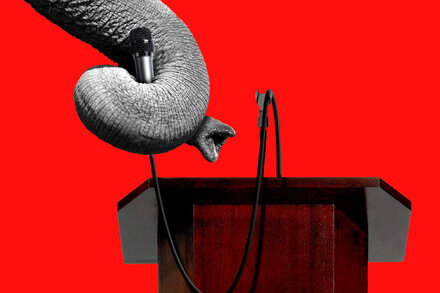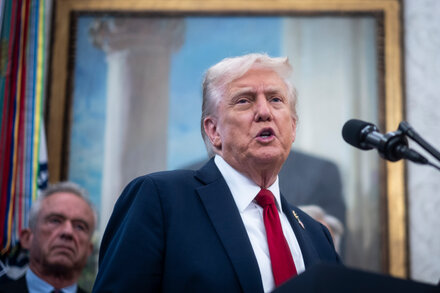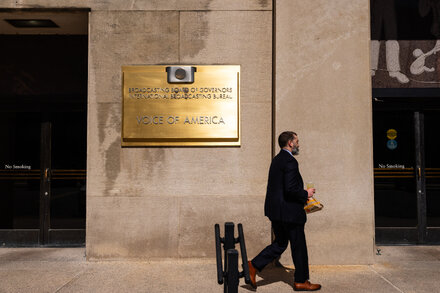The unprecedented surge in artificial intelligence investment is sparking debate about a potentially “circular” funding mechanism within the sector. Analysts are questioning whether capital is flowing too tightly between AI developers and hardware providers, raising concerns about inflated valuations and sustainability.

The unprecedented surge in investment across the artificial intelligence sector is sparking discussions about the nature and sustainability of its funding mechanisms, with some analysts raising concerns about a potentially “circular” pattern of capital flow.
At the heart of the debate is the symbiotic relationship between AI model developers, such as OpenAI, and the indispensable hardware providers like Nvidia and AMD, whose advanced semiconductors power the computational demands of modern AI. The concern centers on whether capital is circulating too tightly within this ecosystem, creating a self-reinforcing dynamic that could inflate valuations or mask underlying risks.
Industry observers note that the development of cutting-edge AI models requires immense computing power, leading AI companies to procure vast quantities of high-performance GPUs. This demand directly benefits chip manufacturers like Nvidia, which has seen its market capitalization soar on the back of the AI boom. Conversely, chipmakers and their affiliated venture arms have strategic incentives to invest in or partner with AI developers, ensuring future demand for their products and fostering innovation that drives hardware advancements.
“We’re seeing an increasingly intricate web of investments where the same capital, or capital from closely related entities, seems to be flowing between different layers of the AI stack,” explained one venture capitalist familiar with the sector. “While strategic partnerships are crucial for ecosystem development, there’s a fine line between necessary synergy and a potentially closed loop that could lead to inflated valuations decoupled from broader market realities.”
This “circular” dynamic suggests that some of the investment flowing into AI model developers might, in turn, find its way back to hardware providers, or that investors are funding both sides of the equation, creating a closed ecosystem. Proponents argue that such integrated funding is a natural evolution in a rapidly developing, capital-intensive field, enabling the rapid deployment of resources necessary for breakthrough innovations.
However, critics warn that this pattern could create vulnerabilities. If valuations are primarily driven by interconnected investments rather than diverse market demand and demonstrable long-term profitability, the sector could be susceptible to a downturn should confidence wane or external funding dry up. The concern is not merely about specific companies investing in each other, but about the broader structure of capital allocation that might be less diversified than it appears.
Despite these concerns, the pace of innovation and investment shows no signs of slowing. Major tech companies continue to pour billions into AI research, development, and infrastructure, viewing it as a transformative technology that will reshape industries worldwide. The debate over circular investment underscores the critical scrutiny being applied to an industry experiencing unprecedented growth and capturing a significant share of global capital.
Ultimately, the question remains whether this interconnected investment strategy is a robust foundation for sustained growth and genuine value creation, or if it represents a potentially fragile ecosystem susceptible to the kinds of corrections seen in previous tech booms.
Source: Read the original article here.





